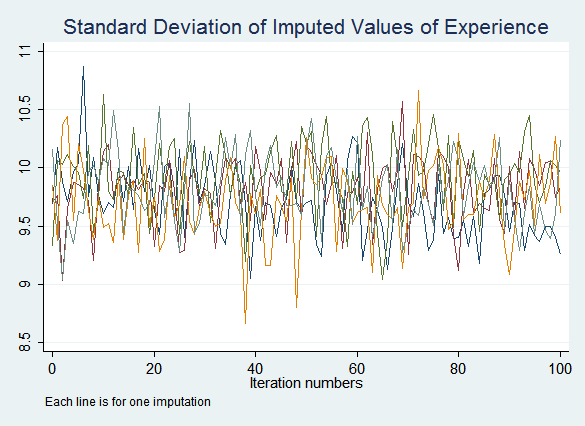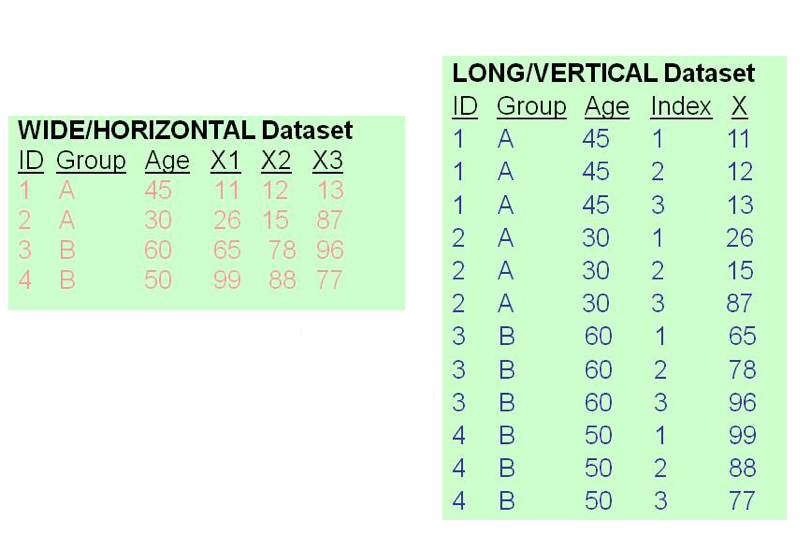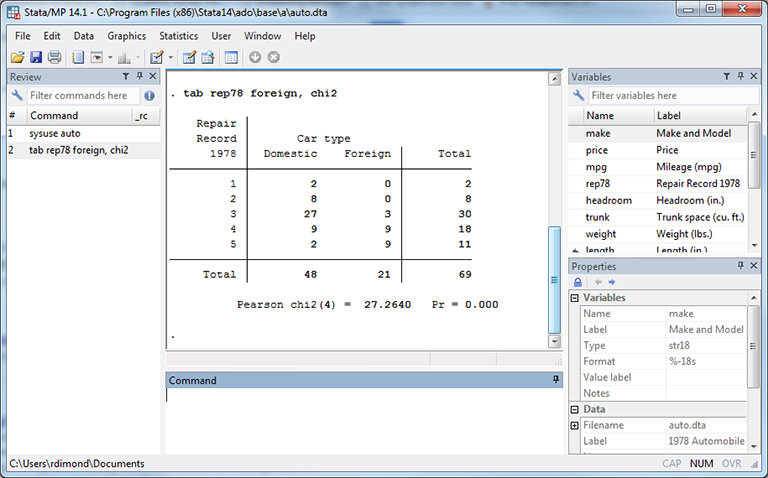

If you've discovered any bugs in the reshape package, or you have thought of a killer new feature, please email me: I'm also always on the look out for interesting data sets that reshape works well (or not so well) on.This content has been archived, and is no longer maintained by Indiana University.
#Reshape stata full
If you need to deal with very large datasets, or want to do complex aggregations or use functions that process data from multiple levels, you should probably use a full OLAP product. Reshape is not a fully fledged OLAP solution.

See the change log for changes in previous versions What reshape doesn't do Fixed a bug when displaying margins with multiple result variables.For assistance in using reshape, see Statas online help or this web page. Added the Smiths dataset to the package Statas statistical capabilities include standard regression and analysis of.The equivalent in the tidyverse would be the gather (wide to long) and. reshape makes a wide dataset long and vice versa. If you’ve used Stata you might be familiar with its reshape command. melt.array can now deal with cases where there are partial dimnames - Thanks to Roberto Ugoccioni Update: There is an R function called reshape from the stats package that does the same thing, just not within the tidyverse framework.Margins now displayed with (all) instead of NA.You may need to use `` to access these names. Column names are no longer automatically converted to valid R names.preserve.na renamed to na.rm to be consistent with other R functions.You must be a member to post messages, but anyone can read the archived discussions. You are welcome to ask reshape questions on R-help, but if you'd like to participate in a more focussed mailing list, please sign up for the manipulatr mailing list:

#Reshape stata code
You can also see the example code I used in the presentation: R code. In June 2006, I presented Data checking with reshape and ggplot (PDF, 1.1 meg) and Reisensburg, Germany. An updated version of this paper appeared in the ASA Statistical Computing and Graphics Newsletter (PDF). If you don't do anything between the two -reshape-s that disturbs the organization of the data, the second command can just simply be -reshape long- and Stata will remember what the variables, i (), and j. Actually, you don't even have to go to all that trouble. Please note that after the publication of this paper I changed reshape to cast, and deshape to melt to avoid a name conflict with base R. By preserving the contents of r (varlist)' in a local macro, you can resuse it. Reshaping Variables to Observations and Back Stata Program for Reshaping Data. You might also be interested in the slides (pdf, 140k) and paper (pdf, 260k) I presented at Directions in Statistical Computing 2005. As we have seen with the reshape package and others, R's ability to extend. The best place to start is Reshaping data with the reshape package, published in the journal of statistical software.

Install.packages("reshape") Documentation
#Reshape stata install
Reshape is available from CRAN so you can install it using the following R command: ggplot provides a new way of making plots in R, based on the grammar of graphics. It is also useful for getting your data into the correct structure for lattice or ggplot plots.Īlong with ggplot, reshape won the 2006 John Chambers Award for Statistical Computing. Reshape (hopefully) makes it easy to do what you have been struggling to do with tapply, by, aggregate, xtabs, apply and summarise. It is available on all platforms supported by R (Linux, OS X, Windows. Reshape is an R package for flexibly restructuring and aggregating data.


 0 kommentar(er)
0 kommentar(er)
